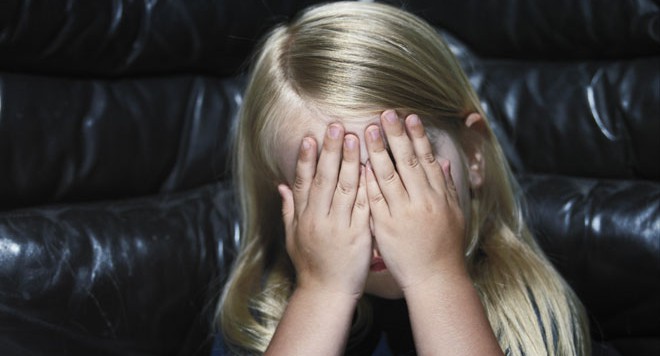
Past studies have suggested that being bullied in childhood can increase the risk of anxiety, depression, and other health and mental health issues. Now, a new study has found that children who are bullied between the ages of 8 and 10 are more likely to experience parasomnias such as sleepwalking, night terrors, or nightmares at the age of 12.
Drs. Dieter Wolke and Suzet Tanya Lereya, of the University of Warwick in the UK, recently published their findings in the journal Pediatrics.
“Being bullied can be very distressing for children, and victims display long-term social, psychological, and health consequences,” the researchers say. Earlier this year, another study — also published in Pediatrics — found that bullying can have a severe impact on children’s long-term health, with the effects still apparent after 40 years. Other recent research shows that victims of bullying are at increased risk of anxiety and depression later in life.
According to the team behind the new study, previous research has found that sleepwalking, nightmares and night terrors – episodes of intense fear, screaming and thrashing around during sleep – can be triggered by stress, trauma, or abuse. However, they note that there are limited studies investigating whether bullying in childhood – an issue that affects approximately 1 in 4 children in the US – can also be a cause of such sleep disorders, known as parasomnias.
Increased anxiety among bullying victims may explain higher risk of parasomnias
To find out, the researchers assessed 6,796 children aged 8-10 years who were a part of the Avon Longitudinal Study of Parents and Children (ALSPAC). All children were interviewed about their experiences of bullying, and at age 12, were interviewed by trained psychologists about their experiences of parasomnias.
The researchers found that children who were bullied aged 8-10 were more likely to experience sleepwalking, nightmares or night terrors at the age of 12 than those who were not bullied. Children who were severely bullied aged 8-10 were more likely to have both nightmares and night terrors at age 12, while those who were bullied and bullied others were most likely to have any parasomnias. Children who bullied others but who were not victims of bullying had no increased risk of any parasomnias.
Those findings are in line with other research, which indicates that children who play both roles — bully and bullied — are at the greatest risk for adverse health and mental health consequences including depression, anxiety, and suicide.
According to Dr. Lereya, the association between bullying and parasomnias may be explained by increased levels of anxiety among these children:
“Nightmares may occur when anxiety exceeds a threshold level, and several studies have suggested that trait anxiety may be related to the frequency of parasomnias. However, even after controlling for pre-existing anxiety problems, our results showed that being bullied may increase the risk for parasomnias.”
Parasomnias are most common among children. The researchers say that if a child is experiencing any form of parasomnia on a regular basis, parents, teachers, school counselors and pediatricians should consider asking them about bullying. “This would allow detecting bullied children and providing the help they need at an early time to reduce the negative effects of being bullied,” they add.
While schools and communities are working to address the issue, bullying remains a major problem for children, teens, and families across the country. In a 2013 report, the American Educational Research Association (AERA) stressed the need for more training and education on bullying prevention in educational settings.
“Bullying — a form of harassment and violence — needs to be understood from a developmental, social, and educational perspective,” the AERA report reads. “The educational settings in which it occurs and where prevention and intervention are possible need to be studied and understood as potential contexts for positive change. Yet many administrators, teachers, and related personnel lack training to address bullying and do not know how to intervene to reduce it.”
So what do you do if you suspect your child is being bullied, or is bullying other children? Dr. Esther Entin, Board Certified pediatrician and Clinical Associate Professor of Family Medicine at Brown University’s Warren Alpert School of Medicine, suggests the following:
First of all, parents should take their child’s reports of their school day experiences seriously and consult with their teachers about their concerns. If their child is acting unusually sad, withdrawn, or irritable, or sleeping and eating poorly, they should investigate school day and after school experiences. Often children will not reveal their victimization to their parents for fear of getting into trouble, inviting more bullying, or being laughed at.
Although it can be hard for parents to admit that their child is a bully, bullying others is often a sign of underlying insecurity or of being victimized by someone else. It is important to for parents to get their child, whether bully, victim, or both, the professional evaluation and help that they need.
